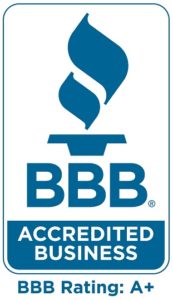At ARC Insulation, we have extensive experience in the insulation industry, and we offer a variety of high-quality insulation products to help you keep your building as comfortable as possible. One of our most popular options is our cellulose insulation, and in this article, we will go over a few of its benefits and possible drawbacks to help you decide if it’s right for you.


Benefits of Cellulose Insulation:
- Sustainability – Cellulose insulation is made of recycled material, which makes a sustainable, eco-friendly option. It also requires relatively little energy to manufacture, which increases its “green” factor.
- High R-Value – An insulation’s R-value is a measure of its ability to resist heat transfer—the higher the value, the better a material is at preventing heat from leaking. Cellulose has an R-value of 3.2-3.5 per inch, higher than many other common insulation options.
- Affordability – Cellulose insulation is also highly affordable, with average costs ranging from just $0.80 to $1.20 per square foot.
Potential Drawbacks of Cellulose Insulation:
- Dust – One potential downside of cellulose insulation is the messy insulation process. Installing cellulose insulation tends to generate a lot of dust, but our technicians will handle all the cleanup for you, so no dust is left behind.
- Sagging – Because most cellulose insulation is loose-fill, it is prone to sagging and settling over time, which can make it less effective.
- Vapor Barrier – In addition, cellulose insulation is not moisture resistant on its own, which means you’ll need to have a vapor barrier installed as well.













